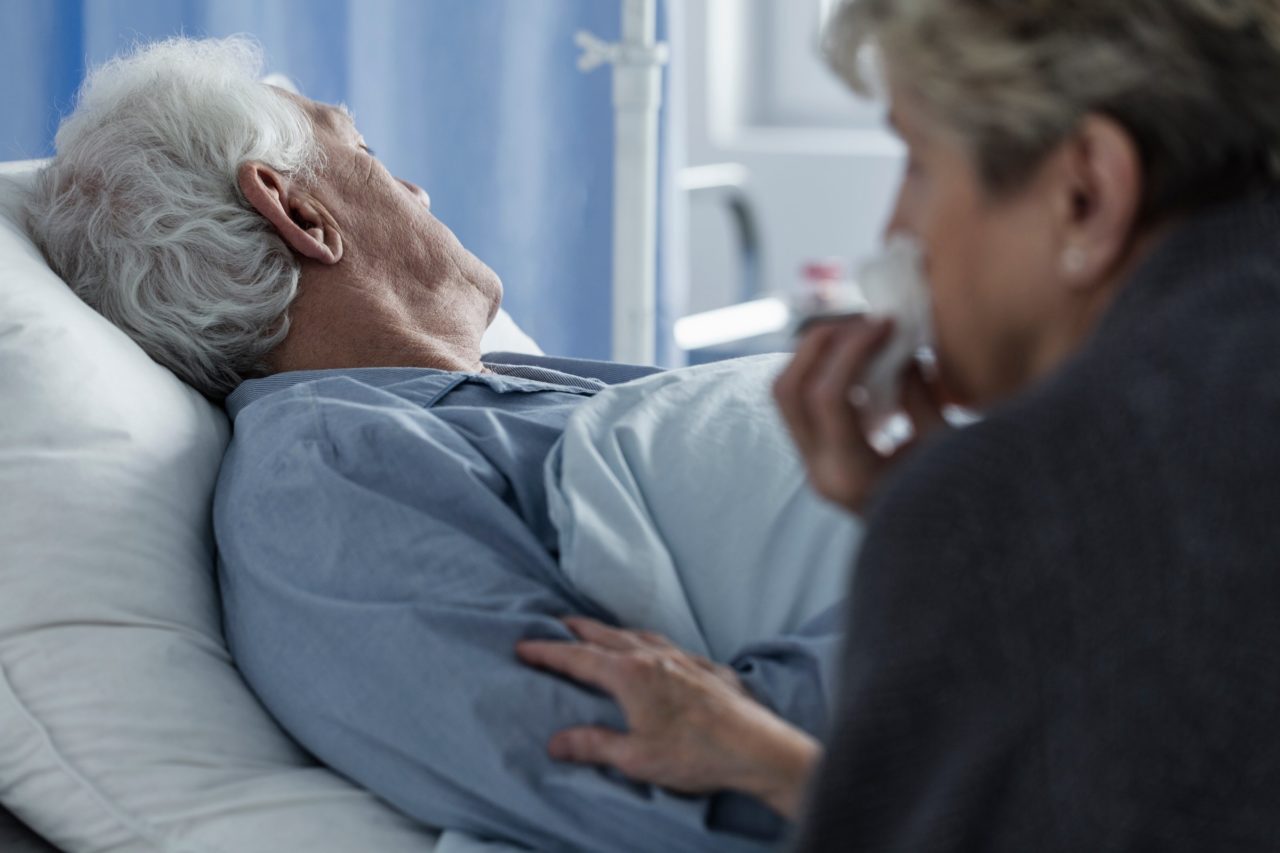
BY Victor S. Sierpina, MD, ABFM, ABIHM, Director, Medical Student Education Program, WD and Laura Nell Nicholson Family Professor of Integrative Medicine, Professor, Family Medicine University of Texas Distinguished Teaching Professor
When your heart stops or you are in a crash, be grateful for the skilled attention of paramedics, firemen, emergency room staff, trauma surgeons, and intensive care doctors, nurses, respiratory therapists.

However, oftentimes, death and dying come more slowly.
The Good Death: The New American Search to Reshape the End of Life, by Marilyn Webb was a fascinating account of a journalist’s personal encounters with death in her family and those she interviewed. Webb’s theme was that we have an uneasy relationship with death and dying and need to figure how to do it better.
In Katy Butler’s, Knocking on Heaven’s Door, The Path to a Better Way of Death, her personal story of the suffering and painful decisions she and her mother had to make after her father suffered a major stroke after a life as a successful academic professor.

The tense dynamic between saving life and prolonging death by medical care and technology is a key issue. When to say enough is enough and tell your family member’s doctor not to proceed with the next procedure, drug, surgery, or other medical treatment if the patient is in a terminal state is a tough, gut-wrenching choice.
Because we can do something does not mean we always should. It may not be in the patient’s or family’s best interest to “do” something. Ms. Butler relays the difficult story of her demented, incontinent father after his stroke and the challenges of shutting off his pacemaker which was keeping him at the edge of life, alive but not really.
The vast majority of older people express a strong desire to die at home in familiar surroundings. Statistically, most die in a hospital or nursing home, which used to be the final resort for only the impoverished and destitute. Hospice care, unfortunately, is still poorly understood. This results in underutilization of this compassionate and appropriate level of care until the last few weeks or even few days of terminal care.
In Butler’s case, her father lived for years after his stroke, incapacitated, incontinent, unable to communicate. This imposed incredible demands on his wife of 45 years for round the clock care, and financial, emotional, and physical challenges.
Family dynamics are always in play in end-of-life or prolonged dying situations. Duty, guilt, and long-term relational issues come to a nexus. Family members must often step up in these situations, trading off work, other family, and home obligations. They may face the inner conflict and torment of hoping their loved one passes soon and comfortably rather than meandering through a long, up and down period of incapacity and pain with its burdens on the family.
Is there a better way?
Katy Butler’s 2019 book The Art of Dying Well—A Practical Guide to a Good End of Life, with insight and compassion offers many better ways. Stories of real people and their loving families fill this book. Butler provides guidance for communicating with healthcare providers, especially physicians. Family members who accompany patients often provide information the patient missed regarding the expected course of the illness. Patients and families have a right, an obligation even, to be fully informed about the progression of illness and the pros and cons of various interventions. Patients and their families must be decision makers rather than relinquishing decisions to healthcare providers.
The Art of Dying Well explains how to utilize hospice services, home-based palliative care, and mobilize family and friends sitting vigil at the end of life. It advises families how to elicit necessary care and support for a loved one’s death in a nursing home. It concludes with valuable resources including medical experts, legal and financial advice, spiritual aspects of end of life, and more. Selected films and a TED talk look at death and dying from real life experiences. A comprehensive list of sources for unbiased medical information includes nationally recognized and lesser known organizations where the reader can access websites or seek evidence-based research.
Dying is not (usually) an emergency. It is, however, inevitable. These thoughtful, evidence-rich books just might awaken readers to a huge array of strategies and effective tools for making the inevitable more manageable and less traumatic. Like Katy Butler, we can mobilize resources and make personal choices leading to an “art of dying” for ourselves and those we love as well as patients and families in our care. “A modern Art of Dying will not make the end of every life painless, but it can make it bearable, shared, and even, in its own way, beautiful,” she says.


